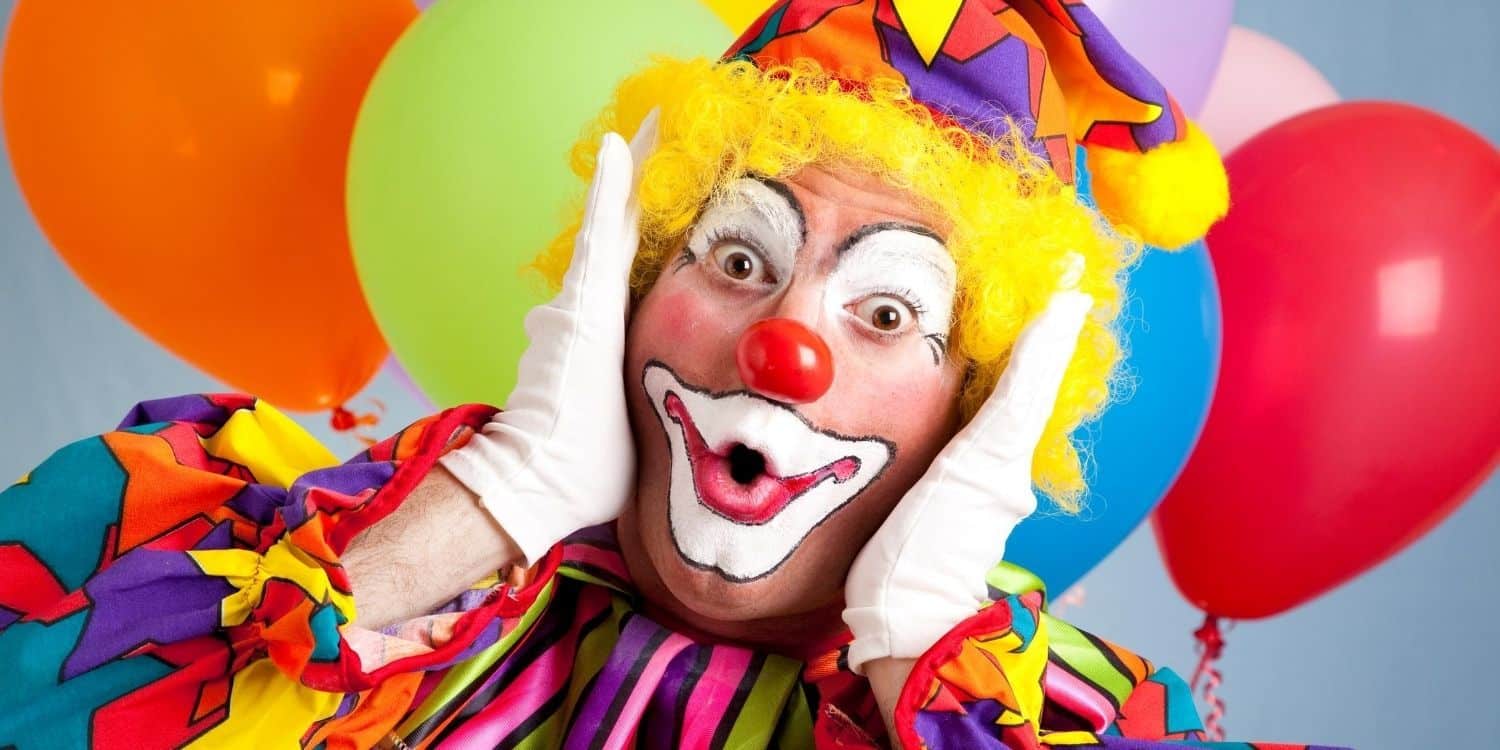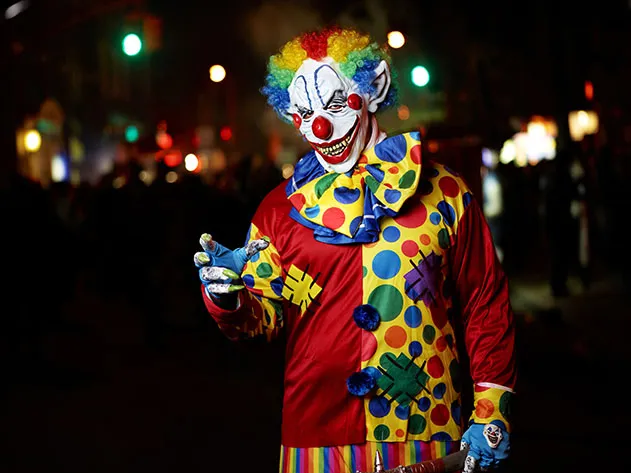Some Known Details About All Occasion Performers
Some Known Details About All Occasion Performers
Blog Article
The Facts About All Occasion Performers Uncovered
Table of ContentsThe Of All Occasion PerformersAll Occasion Performers Things To Know Before You Get ThisRumored Buzz on All Occasion PerformersFascination About All Occasion PerformersWhat Does All Occasion Performers Do?
He specialized in pigs and burros, which he trained and sold to various other clowns. He also offered an act with a qualified rhinoceros and is the only individual in circus history to offer a tightrope walking elephant.He was additionally a philanthropist who gave generously to several charities and he put up the first monument to soldiers killed throughout the Civil Battle - Party clown. Beginnings of the Auguste characterThere is a commonly told tale about the origins of the Auguste clown. According to the tale, an American acrobat named Tom Belling was doing with a circus in Germany in 1869
Belling took off running, finishing up in the circus arena where he fell over the ringcurb. In his embarrassment and haste to leave, he dropped over the ringcurb again on his way out. The manager commanded that Belling continue appearing as the Auguste.
Fascination About All Occasion Performers
For one point, words Auguste did not exist in the German language up until after the character ended up being preferred. One of the theories of the real beginning is that Belling duplicated the character from the R'izhii (Red Haired) clowns he saw when he explored Russia with a circus (https://slides.com/all0ccperf0rm). Personalities like the auguste definitely existed formerly
The dancing later on ended up being recognized as tap dancing. It must be kept in mind that there are alternative 'origins' for the tramp personality"among which was the traveling "hoe kids," or travelling ranch employees, who rode the rails from one town to one more, wiping the residue far from their eyes & mouth.
The Of All Occasion Performers
Note that the scare wig, overstated lips and eyes, extra-large apparel and props of the American clown, props such a seltzer water, stuffed clubs, exploding stogies, and whistles loaded with soot, are not Grimaldi's. They come from Tambo and Bones. The English blackface comedian Charles Mathews came to America in 1822 to do and studied black life and customs.
In such plays there is a mishmash of personalities consisting of "kings" and "saints", cross-dressing, and blackface duties; the faces of Morris (or "Moorish") professional dancers were likewise blackened. A lot of were performed by poor guys in the hungry time after Christmas.
If rejected, they would plow the wrongdoer's lawn. The Derby Play of the Tup was executed for food and beer by out of work young people. This usage of blackface for political action camouflaged as entertainment persisted in America when the descendants of these men blackened their faces to protest tax obligations. One such protest has actually gotten in American background as the Boston Tea Ceremony.
The smart Trick of All Occasion Performers That Nobody is Discussing

While not the extravagant affairs we consider today, some early, rougher types of traveling circus were popular in America from Revolutionary times-- George Washington was a follower. Blackface clowns done in them from a minimum of the 1810s and perhaps prior to; they were a staple by the 1820s. The large red or white mouth repainted on by contemporary clowns is a remnant of the blackface mask.
The blackface mask was a clown's disguise, exaggerating the facial functions into a basics cartoon, a caricature. The blackface clown may be the precursor of today's anodyne circus clown, yet or else the 2 are as contrary as blackface and whiteface.
All Occasion Performers Fundamentals Explained
In several customs the clown would show some physical defect, like a hunchback, dwarfism-- or like Jim Crow, lameness. And because he was various, an Others, the clown was allowed to state and do things no one else could.
Witticism and parody were central to minstrelsy. It's intriguing that in the West African cultures where most slaves came, the poet-singer griot offered the same ridiculing jester feature when the event occurred. That might have something to do with the curious (to us, recalling) ease with which Southern Blacks approved not simply the music yet even the demeaning wit of minstrelsy.

Emmett Kelly was the most effective understood tramp clown with his character "Weary Willie."Vagrant clowns are experienced: + jugglers + illusionists + pianists + chalk talk artist + bikers. There are delighted tramps and mad vagrants. There appears to be a vast range of vagrant clowns - https://moz.com/community/q/user/all0ccperf0rm. One of the most typical feature of vagrant clowns is that absolutely nothing is conventional other than the white mouth, which was originated from minstrel blackface make-up.
Report this page